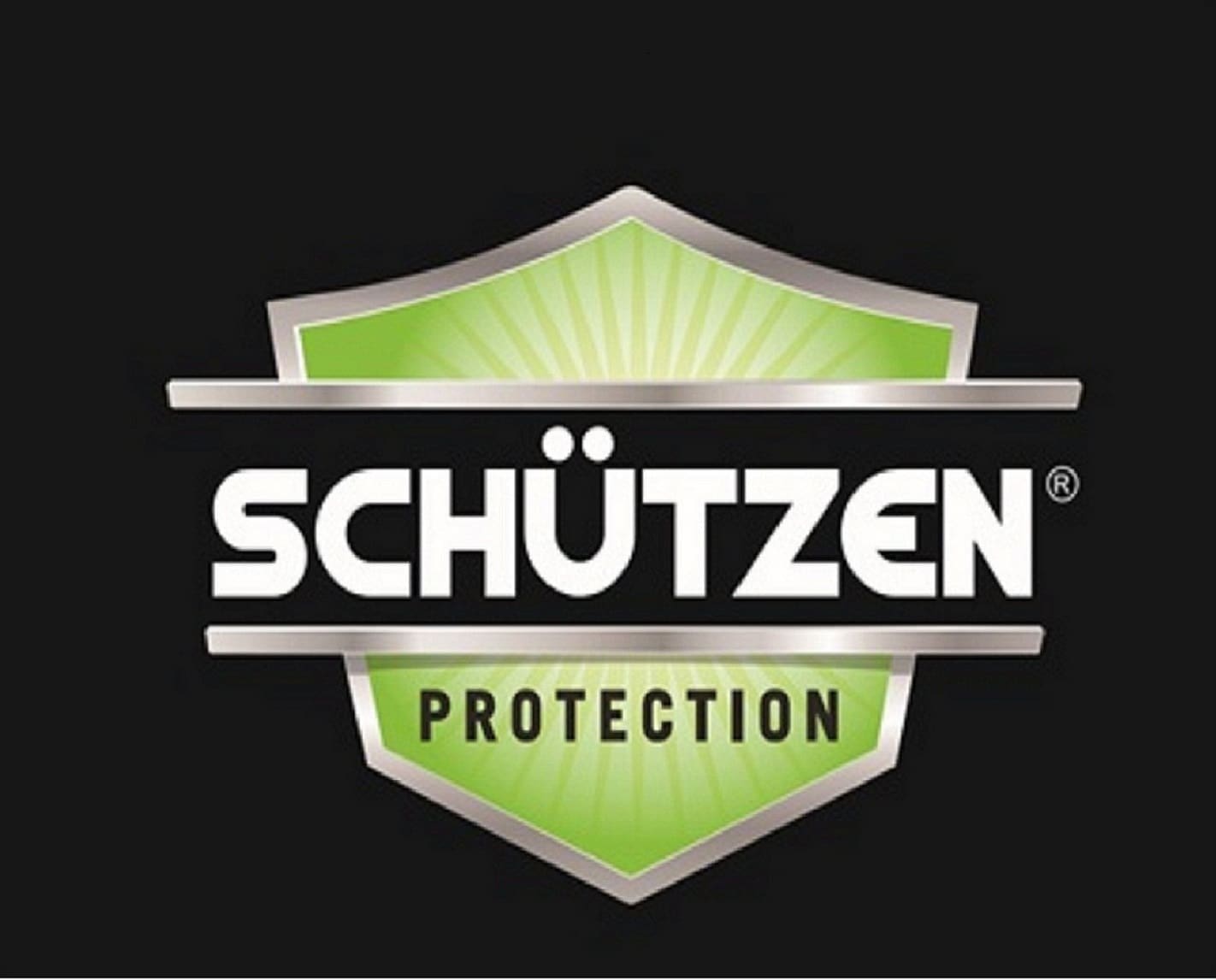SCHÜTZEN launches silver-free virucidal & microbicidal finish for textiles & face masks:
Key features
The active ingredient in SCHUTZENKILL-XCOV is BPR compliant.
It is highly effective against enveloped viruses such as Coronavirus, Herpesviruses, Orthomyxovirus, Paramyxovirus, Bunyavirus, Retrovirus.
It is applicable on different forms of textiles such as yarn, open width fabric, garments & non wovens.
It can be applied using various techniques such as lick roll, spray, exhaust & padding techniques.
It is food and feed area safe.
It is not carcinogenic.
It is not mutagenic nor Cytotoxic or Genotoxic
There is no Maximum Residual Limit (MRL).
It is aldehyde-free, silver-free & halogen-free.
It is quaternary ammonium compound-free.
How is SCHUTZENKILL-XCOV applied on face masks?
As depicted in the image below, generally, face mask constitutes 3 layers, the outside layer (hydrophobic nonwoven), middle layer (high density fibre) and the inner soft layer (highly absorptive layer).

SCHUTZENKILL-XCOV is recommended to be applied on the outer layer. Since hydrophobicity is absolutely essential for the outer layer, we recommend application of our water, oil & alcohol repellent SCHUTZENPHOBE- 602 along with SCHUTZENKILL-XCOV. Additionally, it can be applied on the middle layer also. However, it is optional.
The application is depicted pictorially as below:

Test reports & compliances
The Active ingredient in SCHUTZENKILL-XCOV is BPR Compliant and has been tested under the following conditions:
1. EN 14476: 2005-08: Against enveloped viruses H1N1 Influenza Virus
2. EN 14476: 2013: A2 2019: Against enveloped viruses modified vaccinia virus Ankara
3. EN 14476:A 2019:Against enveloped virus Bovine coronavirus (Bcov), surrogate of SARS-CoV-2
4. EN 14348: Mycobacterial efficacy
5. EN 1276: Bactericidal efficacy of antiseptics & disinfectants
6. EN 1650: Fungicidal suspension test
7. QB/T 24253-2009: Evaluation of anti-Mite activity on textile
8. QB/T 2738-2012: Antibacterial & bacteriostatic efficacy
9. ISO 18184: Determination of antiviral activity of textile products
10. AATCC 100: Assessment of antibacterial finishes for textiles
Microbicidal Efficacy Data: EN 14348: Effective at concentration as advised Bactericidal Efficacy Data: EN 1276: Effective at concentration as advised
Fungicidal Efficacy Data: EN 1650: Effective at concentration as advised
Anti-Mite Efficacy Data: QB/T 24253-2009: Effective at concentration as advised
Antibacterial & Bacteriostatic Efficacy Data: QB/T 2738-2012: Effective at concentration as advised
Result of virucidal efficacy data
EN 14476: 2005-08: contact time 10 minutes: Effective at concentration as advised
EN 14476: 2013: A2 2019: Effective at concentration as advised
EN 14476: A 2019: Effective at concentration as advised
How is SCHUTZENKILL-XCOV safer than competing chemistries?
Several competing chemistries are represented for the war against COVID-19, However, many of these chemistries pose humans and the environment hazards.


